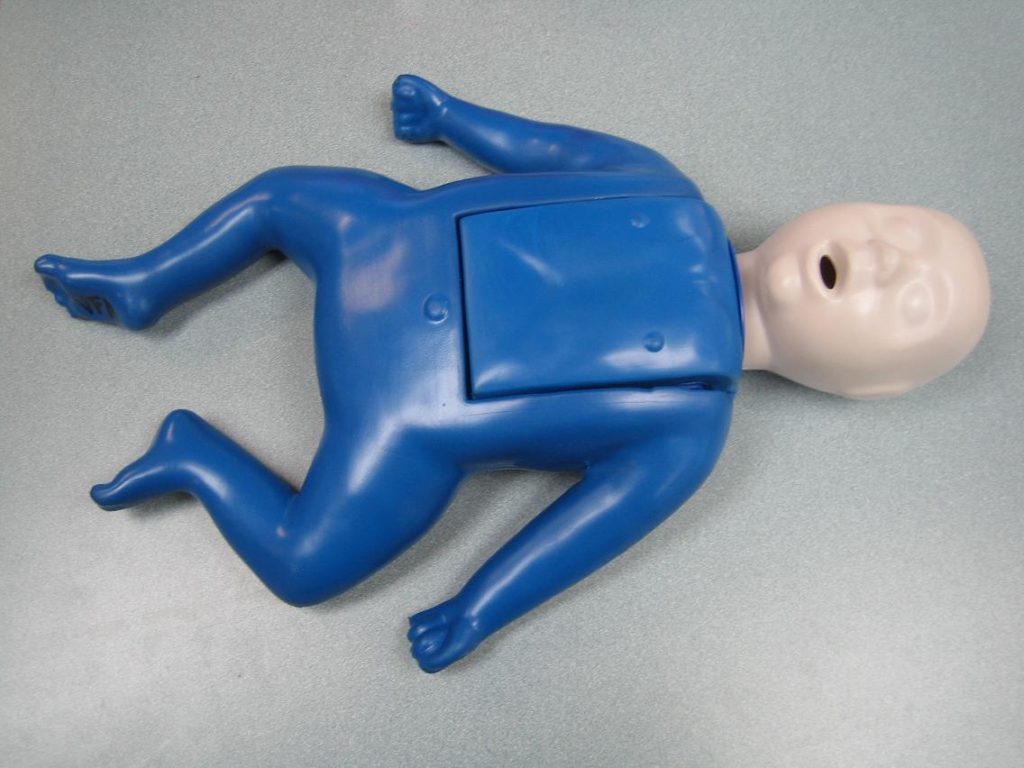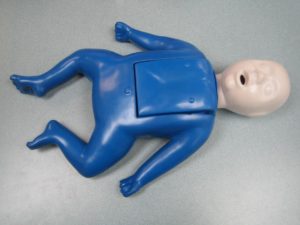Uterine fibroids are non-cancerous growths in the uterus that usually happen during the childbearing years. Uterine fibroids are also called leiomyomas or myomas which are not associated with uterine cancer and will not develop into cancer.
https://www.youtube.com/watch?v=xATLRQNxyhI
Fibroids range in size of a seedling which cannot be seen by the human eye. If it becomes bulky, it can cause enlargement of the uterus. Sometimes, the fibroids can expand that it reaches the rib cage. Some people do not know they have fibroids because no symptoms can be felt. Fibroids can be detected during a pelvic exam or prenatal ultrasound.
Symptoms of uterine fibroids
- Heavy bleeding during menstruation
- Mentrual periods that last more than a week
- Frequent urination
- Pelvic pressure pain
Uterine fibroids are non-cancerous growths in the uterus that usually happen during the childbearing years. - Difficulty in emptying the bladder
- Backache or leg pain
- Constipation
Uterine fibroids are classified based on their location such as:
- Intramural fibroids develop within the muscular uterine wall
- Submucosal fibroids bulges into the uterine cavity
- Sub-serosal fibroids develop on the outside of the uterus.
Sometimes, the fibroids can cause severe pain when they outgrow their supply of blood and begin to die. Symptoms that becomes severe such as a persistent pelvic pain, severe bleeding and sore periods, spotting or bleeding between periods and difficulty emptying the bladder requires immediate attention.
Causes
- Changes in genes that is different from normal uterine muscle cells
- Hormones such as estrogen and progesterone stimulate the development of the uterine lining during menstrual cycle in preparation for pregnancy can cause the development of fibroids.
- Substances that maintain tissues such as insulin-like growth factor can affect growth of fibroids.
Treatment
- Take the prescribed anti-inflammatory medications such as ibuprofen to lessen menstrual cramps and pain.
- Apply heat on the lower abdomen. Apply heat using a heating pad or hot water bottle for at least an hour. Wrap the heating pad or hot water bottle in a towel before placing on the affected area. Another option is taking a warm bath. Heat increases the flow of blood in the area and lessens the pelvic pain.
- When lying down, elevate the legs by placing a couple of pillows under the knees to lessen the pain.
- Lie on the side and bring the knees up to the chest to lessen pressure on the back.
- Perform some gentle exercises such as walking for proper flow of blood in the area and lessen the discomfort.
- Apply a castor oil pack on the abdomen to stimulate the circulatory and lymphatic systems. It also increases the lymphocytes which are cells that fight diseases to eliminate toxins from the body. Soak a piece of wool flannel in castor oil and place over the abdomen and cover it using a plastic wrap. Place a heating pad or hot water bottle on top of it and cover with a towel. Leave it on for at least one hour and then remove it. Repeat this process 3-4 times every week for a month until the condition improves. Castor oil has ricinoleic acid with anti-inflammatory properties.
FACT CHECK
https://www.webmd.com/women/uterine-fibroids/default.htm
https://www.medicinenet.com/uterine_fibroids/article.htm
https://www.mayoclinic.org/diseases-conditions/uterine-fibroids/symptoms-causes/syc-20354288


